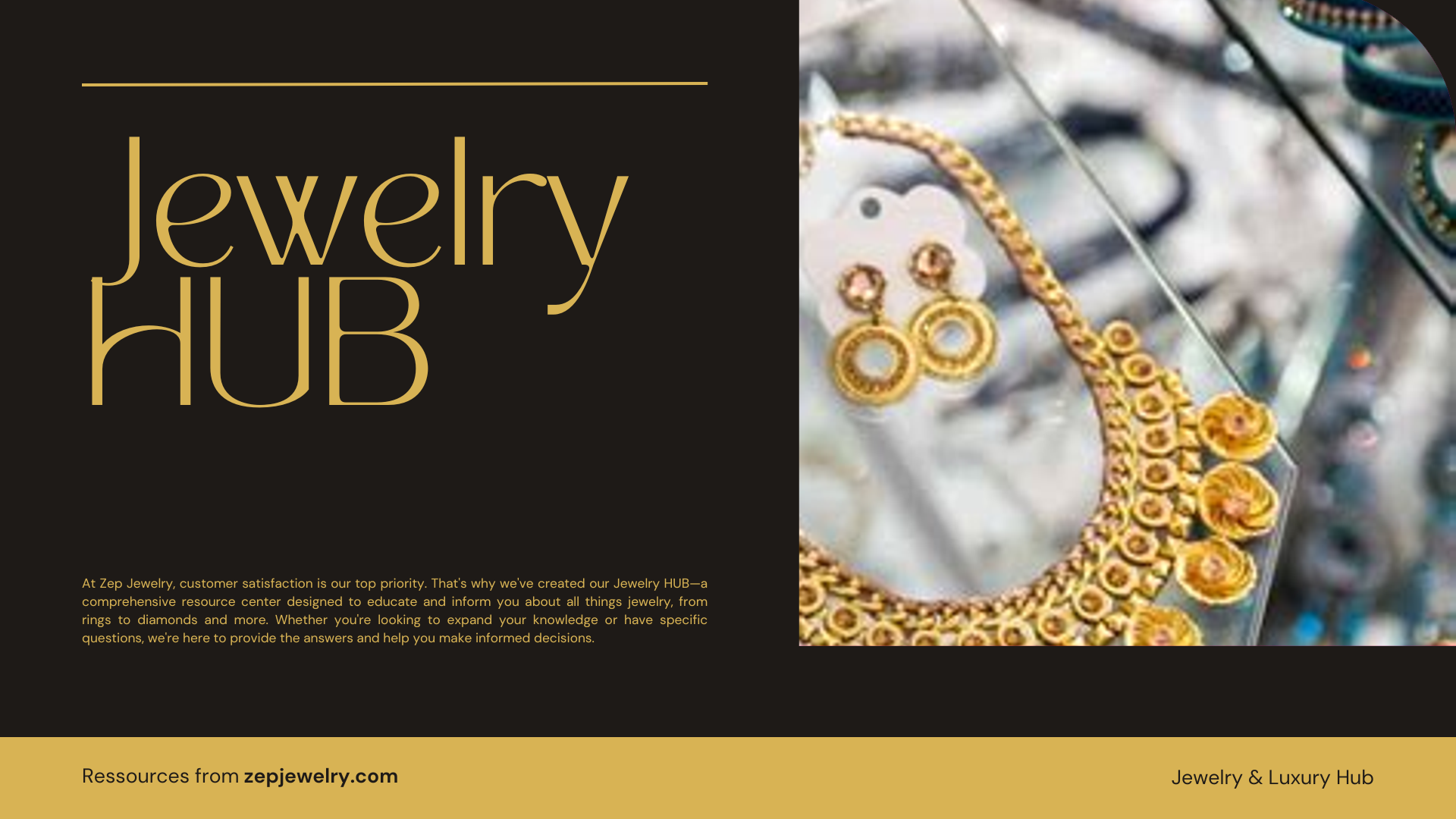Why do some pieces of jewelry shine brighter than others—not just in their brilliance but in their price tags? The answer lies hidden beneath the surface, in the often overlooked labyrinth of materials that make up these treasures. Precious metals and gemstones possess not only breathtaking beauty but also a rarity intricately woven into their very existence. From the arduous processes of extraction and refinement to the unique qualities that set them apart, the undeniable costs involved in creating jewelry tell a captivating story of luxury, labor, and the pursuit of brilliance.
Why are the materials used in jewelry so costly?
Why are the materials used in jewelry so costly?
The cost of materials used in jewelry is largely a reflection of the rarity and intrinsic value of the metals and gemstones involved. Precious materials such as gold, platinum, diamonds, and rubies command high prices not only because of their unique properties but also due to the extensive and labor-intensive processes required to extract, refine, and prepare them for use in jewelry. For instance, the mining and refining of metals like gold require substantial energy and skilled labor, while gemstones need to be carefully cut and polished to reveal their true beauty.
Furthermore, the rarity of these materials plays a crucial role in determining their cost. For example, high-quality diamonds, characterized by their exceptional clarity, color, cut, and carat weight, are much harder to find than lower-quality alternatives, thus driving up their prices. Similarly, certain colored gemstones, which have become highly sought after, can fetch astonishing prices due to their limited availability. This rarity, combined with growing consumer demand, significantly inflates their market prices.
Additionally, the fluctuation in prices of precious metals and stones can also be influenced by economic factors, including market demand, geopolitical stability, and currency movements, just as any other commodity. During times of economic uncertainty, people often turn to precious metals as a safer investment, further boosting their prices. Ultimately, when you purchase jewelry, you’re not just paying for the raw materials; you’re also accounting for the craftsmanship, quality assurance, and the emotional value that these pieces represent in your life.
How does the quality of gemstones affect jewelry prices?
Gemstone quality is assessed through the “Four Cs”: color, clarity, cut, and carat weight. Intense colored stones that are free from inclusions or blemishes and are expertly cut typically command higher prices. Additionally, larger gemstones are generally more valuable. This multi-faceted grading system means that even subtle differences in quality can lead to substantial price variations among similar pieces.
What role does craftsmanship play in the expense of jewelry?
Jewelry creation is an art that requires significant skill and expertise, making craftsmanship a crucial factor in pricing. High-quality, detailed work often demands specialized labor and extensive time, which can lead to premium costs. As a result, pieces made by renowned artisans or intricate designs with complex craftsmanship can carry a hefty mark-up compared to those made with more automated processes.
How does the jewelry market influence pricing?
The jewelry market is characterized by limited supply and fluctuating demand, which can drive up prices considerably. Seasonal increases in demand, such as around holidays and weddings, can lead to price hikes. Additionally, the market is heavily affected by the cost of raw materials, which can increase due to factors like geopolitical instability or changes in mining dynamics, impacting retail prices significantly.
Why is jewelry often viewed as a status symbol?
Jewelry has long been associated with wealth, success, and personal expression. Many consumers are willing to pay a premium for pieces that signify social standing or personal milestones, such as engagement rings or heirloom ornaments. Thus, the prices of these items often reflect both their material value and the emotional or societal significance placed upon them.
In what ways do taxes and levies contribute to the cost of jewelry?
Import taxes, sales taxes, and value-added taxes can have a substantial impact on the final price of jewelry. Depending on the jurisdiction, these costs can add a significant percentage to the base price. For instance, sales tax might be calculated based on the weight of the piece or its entire value, making it important for consumers to consider these additional costs when purchasing fine jewelry.
Why do consumers sometimes perceive high-priced jewelry as being of superior quality?
Many consumers operate under the belief that higher prices correlate with better quality, a concept reinforced by luxury branding strategies. This perception is driven by marketing narratives that suggest exclusivity and craftsmanship. Consumers often feel that investing in expensive jewelry not only secures them a quality product but also grants them elevated social status or personal fulfillment, further justifying the expenditure.
